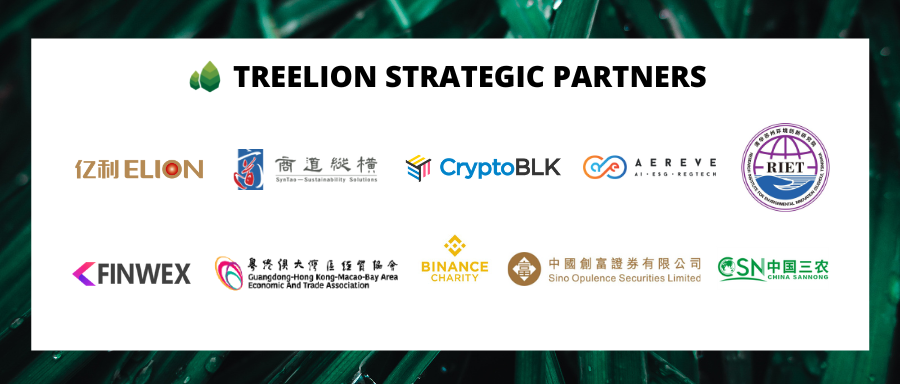

In the second half of 2022, various provinces have formulated region-specific carbon peaking implementation plans, according to the deployment requirements of the Working Guidance for Carbon Dioxide Peaking and Carbon Neutrality in Full and Faithful Implementation of the New Development Philosophy and Action Plan for Carbon Dioxide Peaking Before 2030 from the State Council, Focusing on the provincial planning requirements from the Outline of the People’s Republic of China 14th Five-Year Plan for National Economic and Social Development and Long-Range Objectives for 2035. The main goals for 2025 and 2030 have been proposed, assuring that the goal of carbon peaking before 2030 will be achieved as scheduled. As of now, approximately 15 provinces/ cities have officially issued their carbon peak implementation plan, including Beijing, Shanghai, Tianjin, and Jiangsu.
The following is an overview of the officially issued carbon peak implementation plans from 4 provinces and cities, summarizing their specific goals, missions and measures.

1. Beijing
The “Beijing Carbon Peak Implementation Plan” focused on the comprehensive green transformation of the economy and society during the two key periods of the 14th and 15th Five-Year Plan. It proposed main objectives including increasing the share of non-fossil fuels in total energy consumption, improving energy efficiency, and reducing the level of carbon dioxide emissions.
It is estimated that by 2025, the share of renewable energy in total energy consumption will reach more than 14.4%, the energy consumption per unit of regional GDP will be reduced by 14% compared with 2020, and the reduction of carbon dioxide emissions per unit of regional GDP will meet the national target.
By 2030, the share of renewable energy consumption will reach approximately 25%, and the carbon dioxide emission per unit of regional GDP will meet the national target, achieving the carbon peak target before 2030 as scheduled.

2. Shanghai
The “Shanghai Carbon Peak Implementation Plan” clarified the main goals during the 14th and 15th Five-Year Plan, further focused on key measures, key regions, key industries and key entities, organizing the implementation of ten major peaking carbon dioxide emissions actions.
It is estimated that by 2025, the energy consumption per unit of GDP will drop by 14% compared with 2020, and the share of non-fossil energy in total energy consumption will strive to reach 20%. The carbon dioxide emission per unit of GDP ensures that the targets set by the state are fulfilled.
By 2030, non-fossil energy will account for 25% of total energy consumption, and carbon dioxide emissions per unit of GDP will be reduced by 70% compared with 2005, ensuring that carbon dioxide peaks before 2030.

3. Tianjin
The “Tianjin Carbon Peak Implementation Plan” focused on the 14th and 15th Five-Year Plan as the two critical periods for carbon peaking. It clarified the main indicators of increasing the share of non-fossil fuels in total energy consumption, improving energy efficiency, and reducing the level of carbon dioxide emissions.
It is estimated that by 2025, the energy consumption per unit of regional GDP and carbon dioxide emissions will meet the national targets; the share of non-fossil energy consumption will strive to reach more than 11.7%, laying a solid foundation for reaching carbon peak.
By 2030, energy consumption per unit of GDP will drop significantly, and carbon dioxide emissions per unit of GDP will drop by more than 65% compared with 2005; the share of non-fossil energy consumption will strive to reach more than 16%.

4. Jiangsu
“Jiangsu Province Carbon Peak Implementation Plan” focused on the 14th and 15th Five-Year Plan as well, shaping specific requirements pinpointing the share of renewable energy in total energy consumption, the total installed capacity of wind power, solar power and other renewable energy power generation, forest coverage and many more aspects.
It is estimated that by 2025, the energy consumption per unit of regional GDP will decrease by 14% compared with 2020, the carbon dioxide emission per unit of regional GDP will satisfy the state target, the proportion of non-fossil energy consumption will reach 18%, and the forest coverage rate will reach 24.1%, laying a solid foundation for achieving carbon peaking.
By 2030, the energy consumption per unit of regional GDP will drop significantly and continuously, the carbon dioxide emissions per unit of regional GDP will be reduced by more than 65% compared with 2005, and the total installed capacity of renewable energy power generation will reach more than 90 million kW. The proportion of non-fossil energy consumption and forest coverage continued to grow. Carbon dioxide emissions will peak before 2030, providing a strong backbone for achieving carbon neutrality.

Carbon peaking implementation plans from other provinces/ cities is still being issued. Each province has put forward specific requirements regarding the proportion of non-fossil energy consumption and carbon dioxide emissions per unit of regional GDP.

References:
1. The original text of the “Beijing Carbon Peak Implementation Plan”:
http://fgw.beijing.gov.cn/fgwzwgk/zcgk/sjbmgfxwj/bjszfwj/202210/t20221014_2836238.htm
2. Policy Interpretation of “Beijing Carbon Peak Implementation Plan”:
http://tamgw.beijing.gov.cn/zhengwugongkai/zcjd/202211/t20221118_2862305.html
3. The original text of the “Shanghai Carbon Peak Implementation Plan”:
https://www.ndrc.gov.cn/fggz/hjyzy/tdftzh/202208/t20220808_1332758.html?code=&state=123
4. Original policy text of “Tianjin Carbon Peak Implementation Plan”:
https://www.tj.gov.cn/zwgk/szfwj/tjsrmzf/202209/t20220914_5987984.html
5. Policy Interpretation of “Tianjin Carbon Peak Implementation Plan”:
https://www.tj.gov.cn/zwgk/zcjd/202209/t20220923_5994641.html
6. The original text of the “Jiangsu Province Carbon Peak Implementation Plan”:
http://www.zhb.org.cn/zcfg/2022-10-14/15694.html



